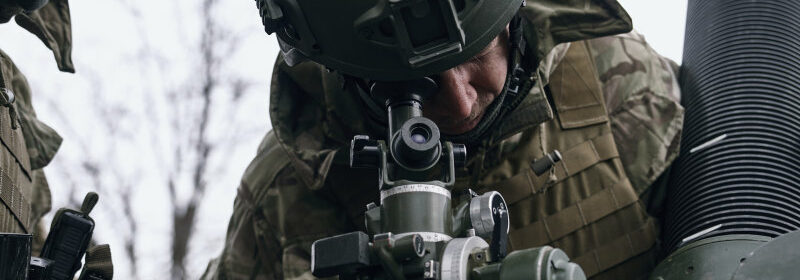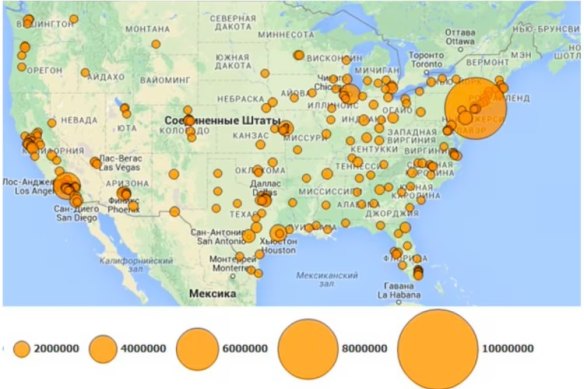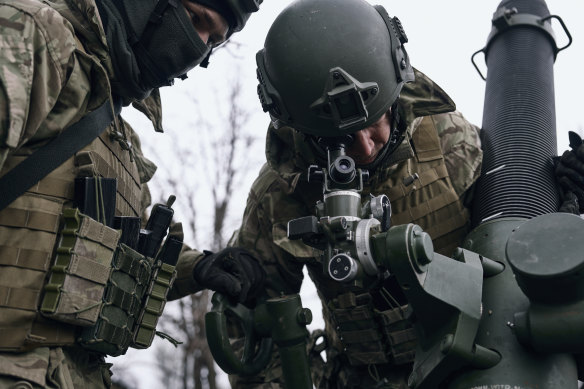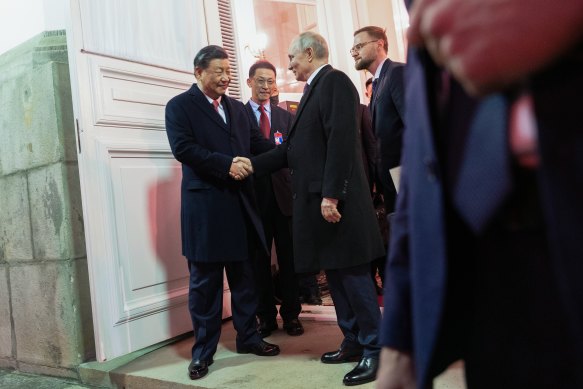Look closely, the US intel leak is one of three bombshell disclosures

Save articles for later
Add articles to your saved list and come back to them any time.
The recent leaks of highly classified US intelligence have rattled Western governments supporting Ukraine’s wartime defence and prompted the arrest of a US Air Force National Guard member Jack Teixeira.
Teixeira is being held in connection with the “alleged unauthorised removal, retention, and transmission of classified national defence information” after reportedly sharing sensitive documents with a gaming community on Discord.
The US intelligence has exposed Ukrainian battlefield positions, the scale of US penetration of Russian targets, as well as US pressure on South Korea to provide ammunition to Kyiv.
Yet the leaks of classified data, found on gaming platform Discord, are really just the latest in a series of intelligence disclosures involving great powers.
Some provide a look into Russia’s disinformation campaigns, others offer insights into its deepening relationship with China.
A trove of internal information from NTC Vulkan, a Moscow IT consultancy, was leaked to a consortium of journalists from Germany, Austria, Britain and the US, which began publishing stories last month.
The so-called Vulkan files, which are being compared to the 2013 disclosures by former NSA contractor Edward Snowden, have given insight into how Russia’s intelligence agencies wage their information war against the West.
A map of the US from the leaked Russian documents, the Vulkan files, with circles that appear to represent clusters of internet servers to potentially target.Credit: Washington Post/NTC Vulkan
The 5000 pages of documents, in an investigation by Munich-based Paper Trail Media, show the Russian government taking a strategic approach to hacking democracies’ infrastructure, as well as weakening their social cohesion.
Software created by Vulkan scours the internet looking for targets and intrusion points, with one map showing concentrations of internet servers in the US.
The disclosures also showed how Vulkan could automate the process of generating fake social media accounts, using a so-called “SIM bank” to mass reply to verification text messages from the platforms, the Washington Post, one of the participating media outlets, reported.
Mick Mulroy, a former senior Pentagon official, said the leak of the classified documents represents “a significant breach in security” that could hinder Ukrainian military planning.Credit: AP
The leaks underscore how, in a contrast to the Western understanding, cyberwar and digital influence operations are deeply integrated in Russia.
As experts quoted in Andy Greenberg’s book Sandworm said, “there is no distinction in common Russian vocabulary between ‘information war’ and a concept of ‘cyberwar’ that suggests disruptive or physical consequences of hacking.”
From a Russian perspective, that means damage done to the targets by a ransomware attack, a sophisticated cyberattack, or the skilful dissemination of disinformation in the voices of Western influencers are all part of the same strategic effort.
Sandworm is one of the Russian hacking groups reportedly serviced by Vulkan, according to the documents Western intelligence agencies assess as credible.
The Vulkan files were reportedly provided by a Russian whistleblower unhappy with President Vladimir Putin’s full-scale invasion of Ukraine.
In another disclosure, files of conversations between the Cyberspace Administration of China and Russia’s Roskomnadzor, the Russian agency charged with policing the internet, are the basis of a story this month by investigative journalists Daniil Belovodyev, Andrei Soshnikov and Reid Standish.
The conversations show how China and Russia are increasingly sharing methods and tactics for controlling dissent and monitoring the internet.
These files date from between 2017 and 2019. They underscore the sort of co-operation that was later to be dubbed the “no limits” partnership between Russian President Vladimir Putin and Chinese President Xi Jinping.
These have been published by Radio Free Europe and Radio Liberty, created by the US during the Cold War with the aim to inform censored or underserved markets.
Pro-transparency site DDoSecrets assisted the journalists.
Meeting notes, audio recordings and e-mails showed Russian officials asking China for “advice and practical know-how” on how to disrupt VPNs, crack encrypted internet traffic, and how to better regulate messaging platforms. China’s representatives asked for Russian “expertise on regulating media and dealing with popular dissent”.
Chinese President Xi Jinping shakes hands with Russian President Vladimir Putin after dinner in the Kremlin in March.Credit: AP
The fact that caches of sensitive data can be publicised – if not published – in this way, has been a hard lesson learnt by Western governments, following both the disclosures of Edward Snowden in 2013 and WikiLeaks State Department “Cablegate” leaks in 2010.
The Snowden revelations exposed not just programs by the NSA that overstepped their bounds against the US public, but the infrastructure of the NSA spying apparatus aimed outside of the US.
More recently, Russia’s invasion of Ukraine has rallied democracies to Kyiv’s defence while splitting much of the world into pro-democracy or pro-authoritarian camps.
Last month in Moscow, Xi Jinping and Vladimir Putin “agreed to negotiate and hold” regular meetings between their public security officials.
China and Russia agreed on the need to prevent “colour revolutions”, the authoritarian terms of popular uprisings.
Dr Miah Hammond-Errey, director of emerging technology at the United States Studies Centre, said China-Russia meeting disclosures showed how all governments now faced unique challenges in keeping secrets.
“As great power tensions rise… we would expect to see more information operations, potentially including the release of seemingly secret information.”
“The leaks [obtained by RFE/RL] show China and Russia have similar vulnerabilities to unauthorised disclosures as democracies do,” she said.
The emergence of these materials – Vulkan, the China and Russia meeting details, and the US intelligence from March – in such proximity could be incidental (the reporting on the first two caches was months in the making).
The spate of leaks could also show the continued evolution of journalism at a time when news flows can be overwhelming.
Or, the cluster of data leak-driven exclusives could have a geopolitical dimension, with the world’s spy agencies taking a more active hand in the dissemination of themes.
“As great power tensions rise, and certainly in the lead up to any conflict, we would expect to see more information operations, potentially including the release of seemingly secret information,” said Dr William Stoltz, lecturer and expert associate at the ANU National Security College.
Stoltz, who was contacted before the identification of Teixeira by the US, said we still didn’t know if the US intelligence documents had been released as part of a state-driven campaign, by mistake, or by an opportunistic third-party actor.
In any case, he said we should “make no mistake, we are living in an information war where perception, not truth, is often the most important commodity.”
“When material is so easily distributed, the cost of spreading discord is quite low,” he said.
For now, the most important thing, Stoltz said, “is for the US to reassure its Five Eyes partners that they can continue to share intelligence securely”.
“Similarly Five Eyes agencies, including Australia’s, will be working to see if any of their sources or collection methods have been compromised.”
Get a note directly from our foreign correspondents on what’s making headlines around the world. Sign up for the weekly What in the World newsletter here.
Most Viewed in World
From our partners
Source: Read Full Article


